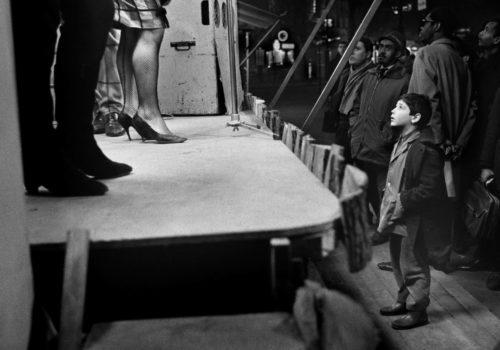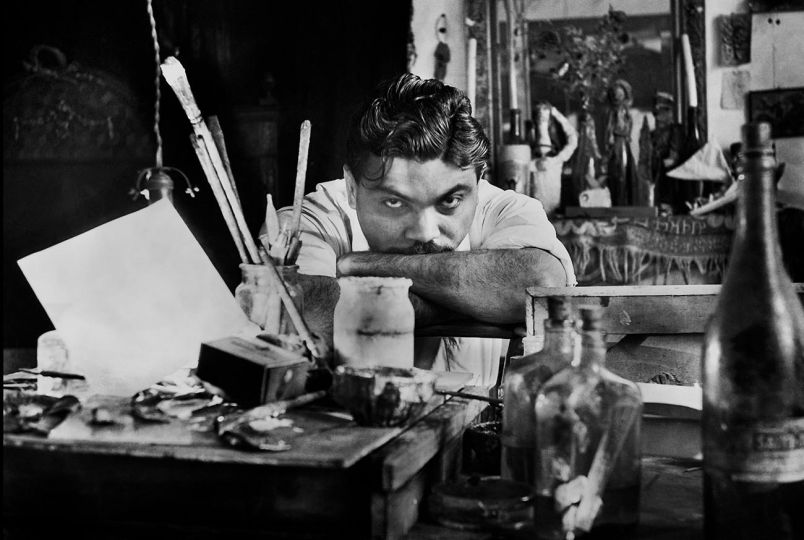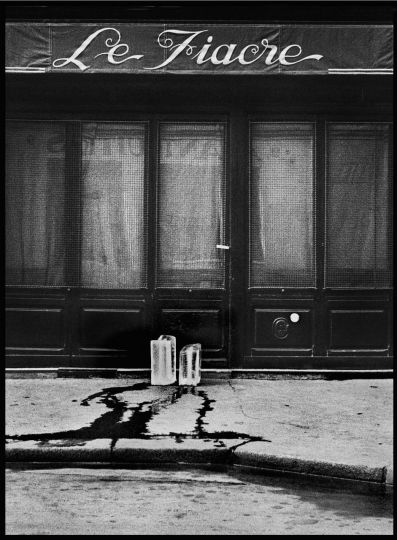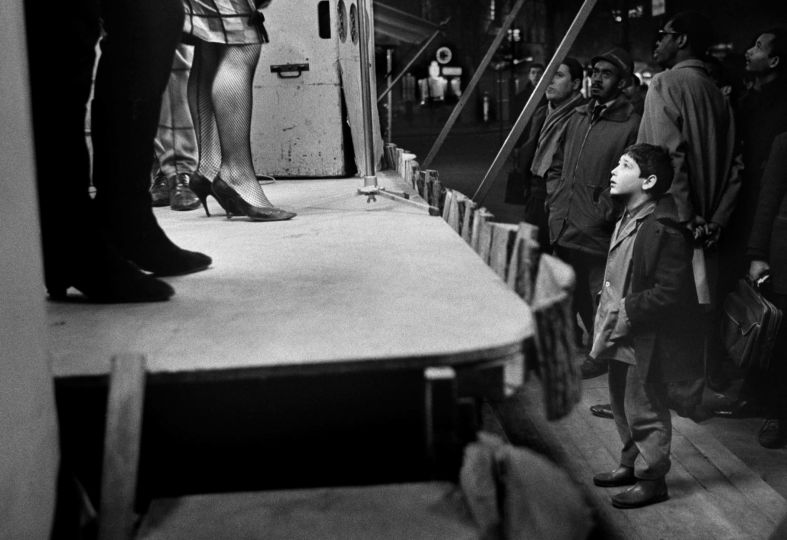During Paris Photo, the Saint-Honoré Art Consulting gallery of modern photography presents Christer Strömholm’s wandering Paris.
The Swedish photographer (1918 – 2002) explored artists’ studios, the banks of the Seine, and shopping galleries, creating a portrayal of artistic life and ordinary Parisian life from the 1940s to the 1960s.
Christer Strömholm initially aspired to be a painter. The end of World War II led him to the Academy of Fine Arts, where he abandoned brushes to familiarize himself with large and medium-format photography. While his early photographs displayed an interest in abstract photography, he shifted towards the human figure, capturing Paris, freezing its life, its slow pace, and its nocturnal tumults.
Close to Pontus Hultén, founder of the Moderna Museet and future first director of the Musée national d’art moderne in its new home at the Centre Pompidou, he mingled with a diverse artistic scene, from Alberto Giacometti to Robert Filliou. Though his painting career did not take off, he created numerous commissioned portraits for newspapers and companies. Under his gaze, Le Corbusier, François Mauriac, or Fernand Léger drape themselves with gravity, embodying the artist’s veiled interiorities. His portraits primarily reveal a sense of unity, sober harmony, a composition where the human figure stands in an environment characterizing the being. For him, the figure is not everything.
While interpreting a face or pose in portrait art can be tricky, it is easy to see that Christer Strömholm is not merely a witness of the Parisian scene but its joyous memory, a bridge between French figures and Swedes attached to Paris, such as jeweler Vivianna Torun Bülow-Hübe or sculptor Bengt Lindström. In the words of Tintin Törncrantz, whose extremely detailed and skillful portrait must be read, “Paris was the place,” and Strömholm was at its center, both at its core and peripheries. Paris is not just a parade of notable figures, assertive avant-gardes, or a portrait gallery. In the words of his son Joakim Strömholm, ” but like a great love to which he always returned.”
His work is primarily remembered today for his exploration of Parisian nightlife, with its transvestites and transsexuals populating the fairs and seedy places of Place Blanche, as well as his explorations of cemeteries, compositions close to surrealism playing with death, gravity, solemnity, and the forbidden.
However, it remains a vision of Paris that is less forbidden, lighter, and more playful. There are enchanted visions of the city in him, such as a young boy at the foot of a stage, fascinated by a performance or the petticoats of a singer. The sense of light and framing reveals the child’s complete absorption, his dreamy thoughts, perhaps his discovery. There is also the distance taken in front of the social interaction at Café de Flore, chairs arranged like remnants of conversations. The amused patience of a woman sitting at the back of a truck, a disconcerting scene that constitutes a form of photographer’s vocabulary, an extraordinary ordinary.
Pauline Bréton’s selection has dispelled the darkness of the photographer to favor, in a few prints, a more whimsical and playful vision of Paris. It speaks of the life of this Swedish photographer who, for several decades, was the eye of an amused yet silent Paris, thirty years embraced with curiosity for its fleeting and gritty beauties.
More information
Christer Strömholm – A Swedish Eye in Paris Saint-Honoré Art Consulting
346 rue Saint-Honoré 75001 Paris
From 6 to 17 November 2023
Free admission from 10am to 6pm on weekdays and by appointment on Saturday.
www.paulinebreton.com
@paulinebretonphoto
[email protected]



















